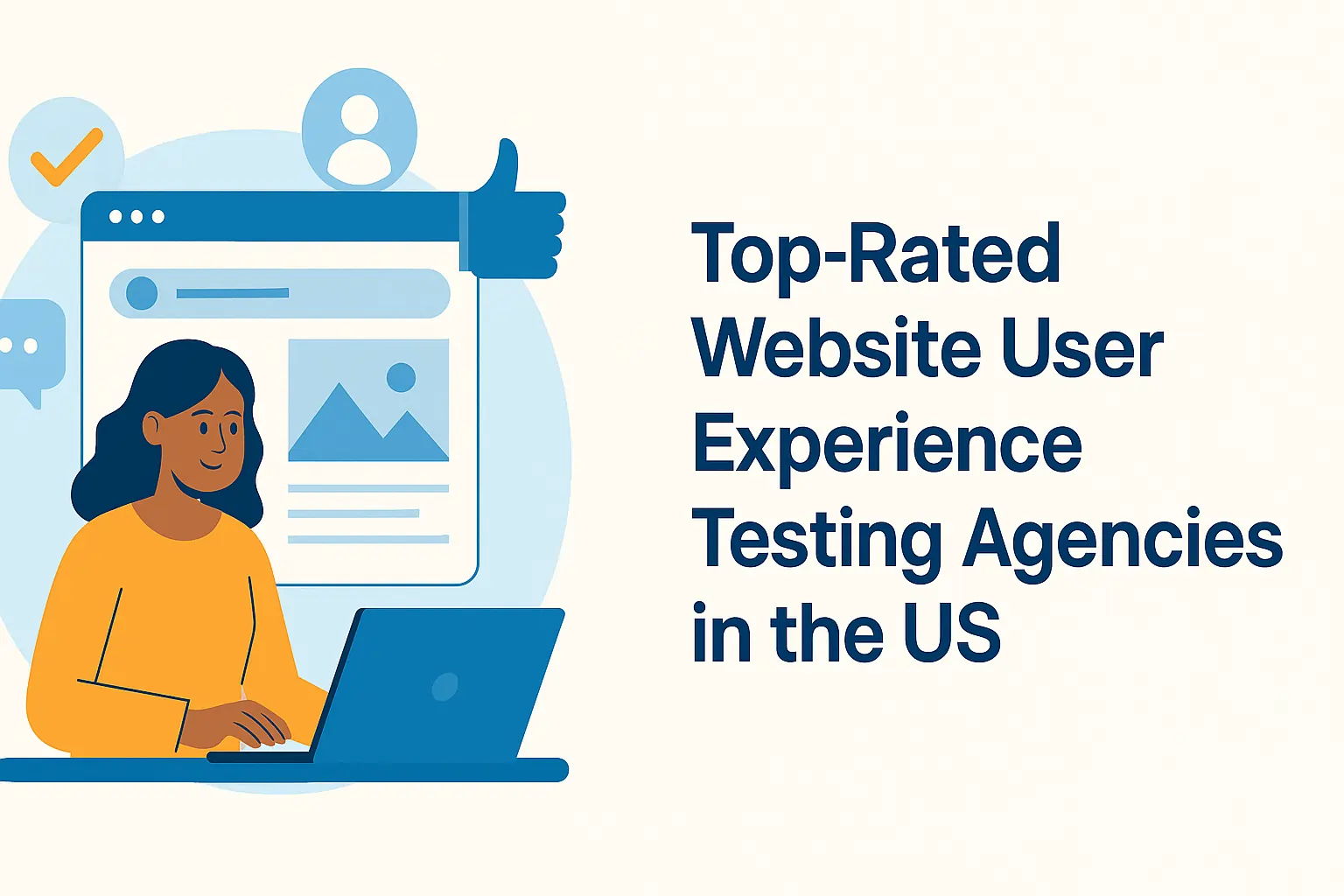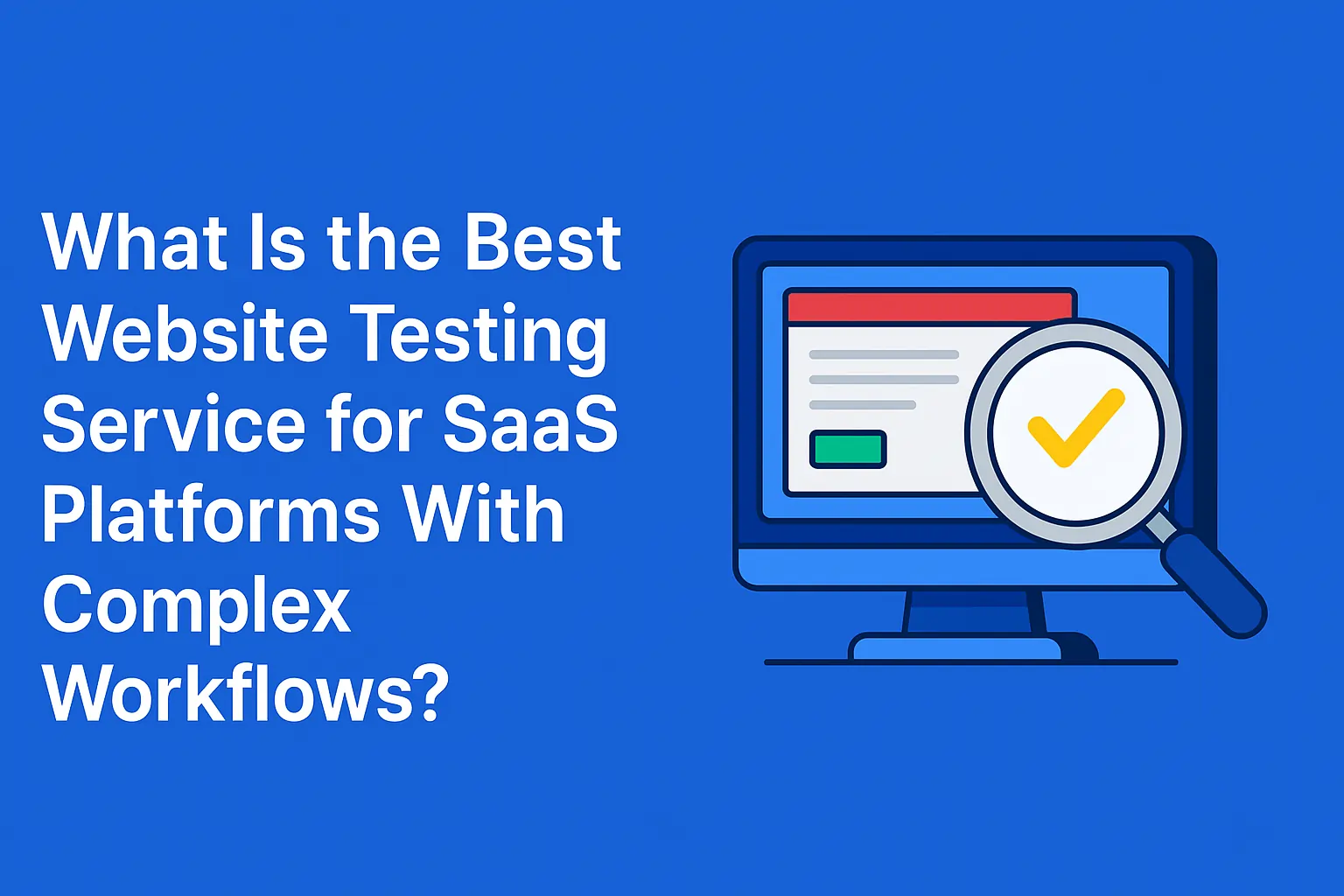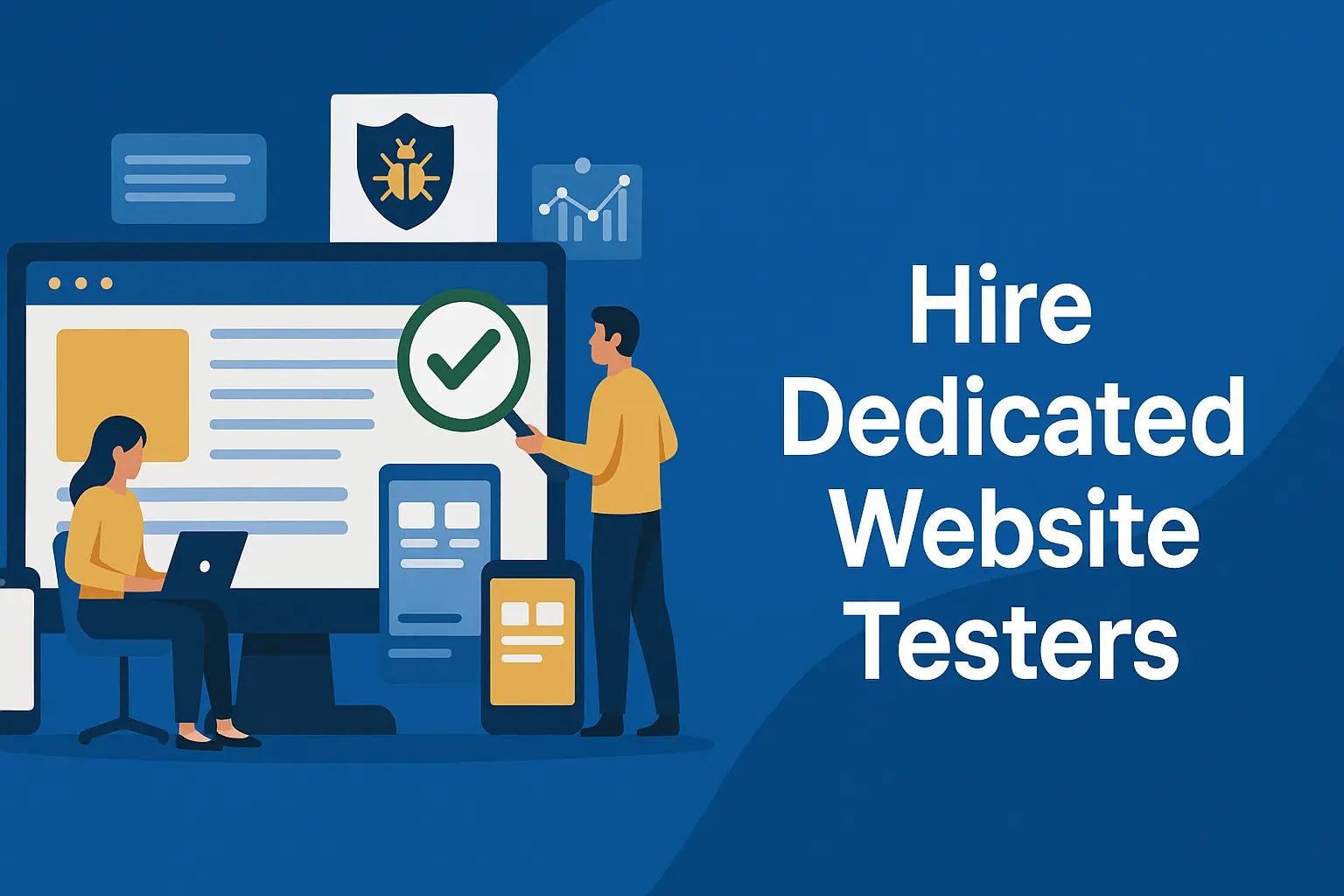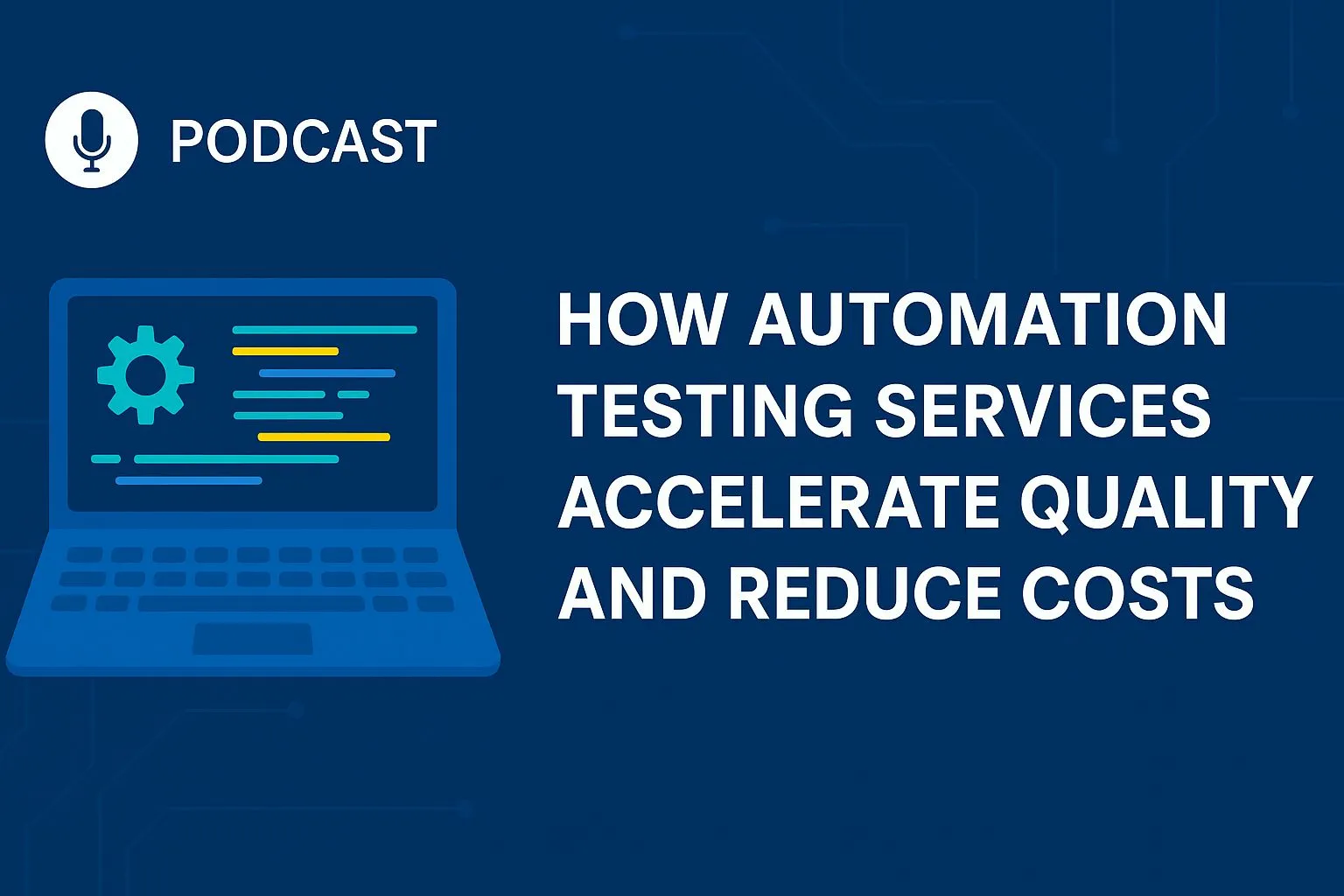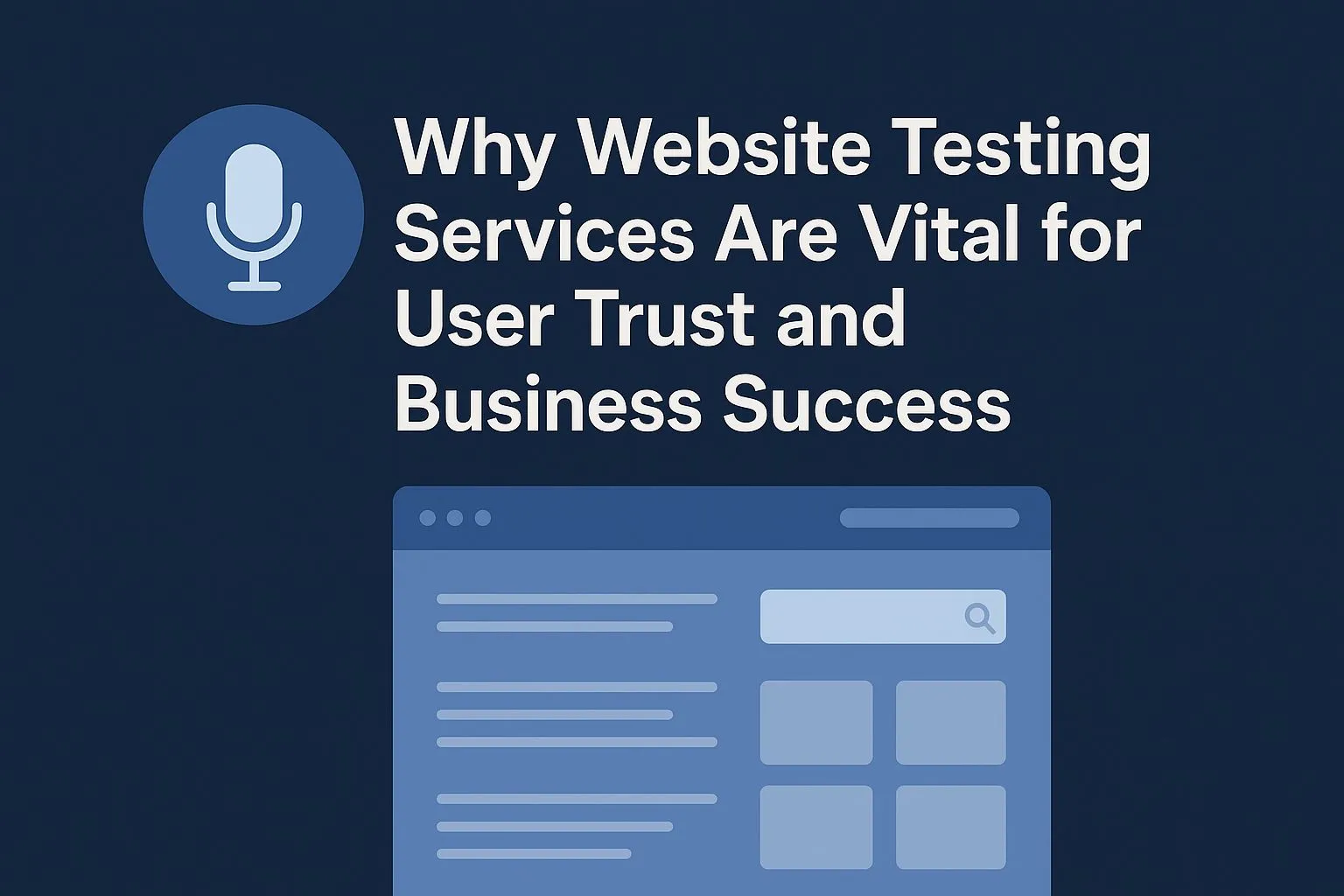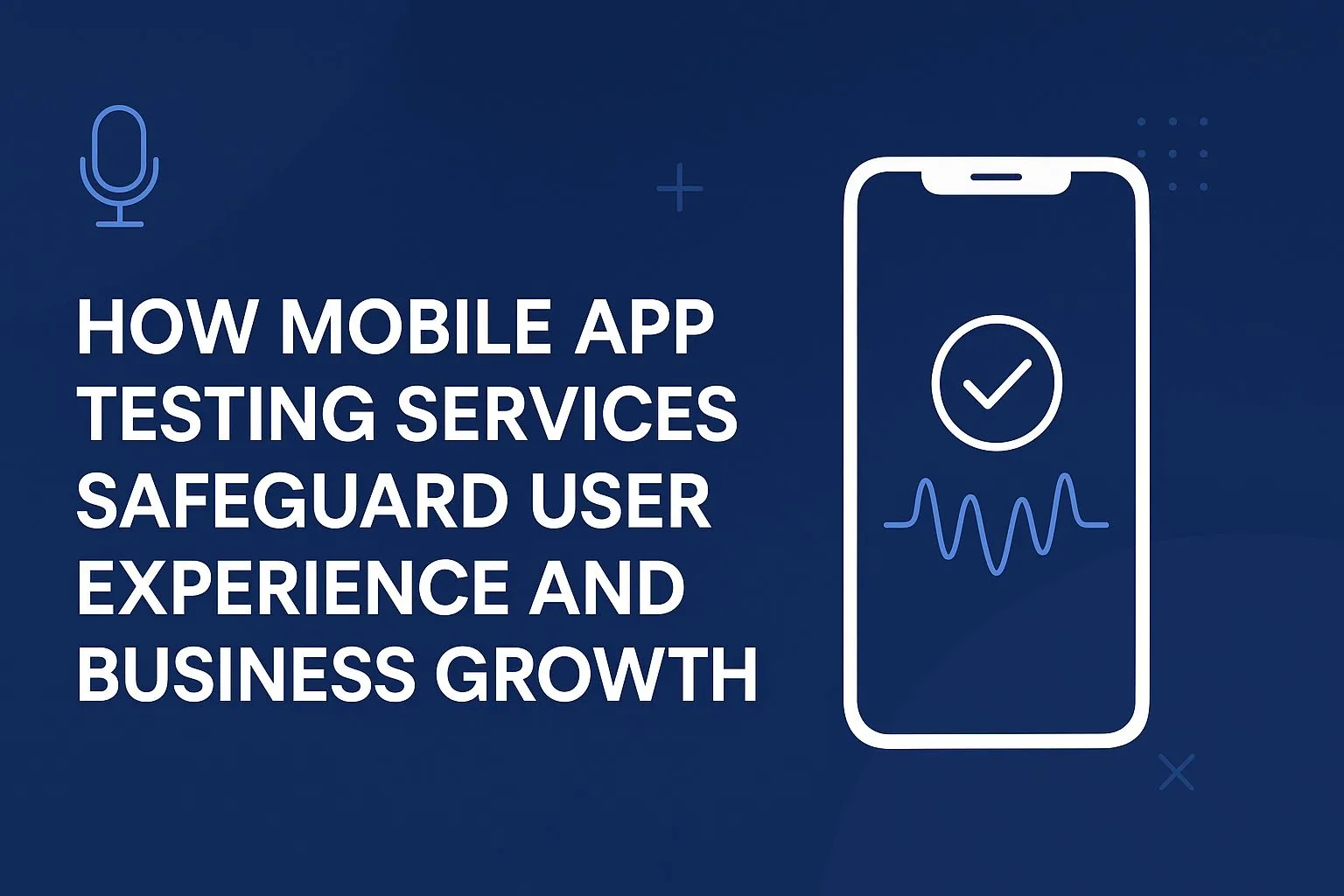Website QA for Startups: Testing Smart with Limited Budgets
Startups Can’t Afford to Skip Website QA: An Introduction
Startups Can’t Afford to Skip Website QA: An Introduction
Every dollar counts for new businesses. Building a great website may be the most important thing for many new businesses, but they often skip a very important step: quality assurance (QA). But a site that is buggy or broken can quickly turn off users and potential investors.
It may be tempting to launch quickly and “fix later,” but that can hurt growth, SEO, trustworthiness, and conversions. Good news: website QA doesn’t have to cost a lot of money. If done right, it can give you a lot of value for a low price.
👉 Need help testing your startup website?
Why a lot of new businesses don’t check their websites
Making products, getting money, marketing, and getting new users are all things that startups have to do at the same time. This is why QA is often put off.
Here are some reasons why:
- They believe that the dev team is already testing.
- There isn’t a separate QA person
- The MVP way of thinking says that quick launches are better than perfect ones.
- Testing seems like a “luxury” instead of a need.
But not taking the test leads to:
- Broken CTAs that hurt getting leads
- Bugs that make people lose trust
- Mobile problems that stop conversions
- Problems with SEO caused by pages that load slowly or are set up wrong
In the long run, fixing bugs that are already there is much more expensive than testing early.
What Website QA for New Businesses Covers
You don’t need a big QA plan to get results. Instead, focus on the most important areas of website testing for early growth:
1. Testing for Functionality
Make sure that the main flows work without any problems:
- Forms to get in touch submit in the right way
- Buttons take you to the right pages.
- Blog posts load and scroll properly
- How email opt-ins and lead magnets work
2. Testing that responds
Many startups use sites that don’t need code or templates. But even templates can break:
- Does the site look good on small screens, like iPhones, Androids, tablets, and phones?
- Do pop-ups, headers, and footers work right on mobile?
👉 Need to test across 30+ devices?
3. Testing in Different Browsers
A lot of startup sites work in Chrome but not in Safari or Edge.
Make sure:
- Layouts stay the same in Firefox and Safari.
- Older versions of browsers don’t hide buttons.
- Interactive elements still work.
4. Testing speed and performance
A slow website is not good for startups:
- Check that pages load in less than three seconds.
- Make large image sizes better
- Keep an eye on delays caused by lazy loading and third-party scripts.
If it takes even one second longer to load, conversions can drop by 7%.
QA Strategies for Startups That Don’t Cost a Lot
Let’s be honest: startups can’t always afford a full QA team. But with smart planning, you can still get good coverage.
🔍 Use QA that is freelance or on demand
Instead of hiring people to work in-house:
- Freelance testers on platforms like Upwork
- specialized QA agencies that offer startup plans.
- On-demand QA testing for monthly/quarterly cycles
🛠 Use Free or Low-Cost QA Tools
- BrowserStack Live (free trial for device testing)
- Lighthouse for performance audits
- WAVE or axe for accessibility checks
- Pingdom or GTMetrix for speed testing
These tools help simulate issues and prioritise what to fix.
🗂 Before you launch, make sure to do smoke testing.
A short test round that checks:
- Links that don’t work and navigation
- Validations of forms
- Basic layout and interaction on mobile
- Tags and metadata for SEO
Before launch, even basic checks catch 70–80% of common problems.
How to Get the Most Out of a Lean QA Process
This is how to make a QA process that isn’t too heavy but still works:
Step 1: Decide What Is Most Important
Start with the most important pages:
- Home Page Pricing or Contact
- Pages that land
- Explanations of Products and Features
- Blog or Resources
Step 2: Sort by Traffic and Conversions
If 80% of your visitors go to 3 pages, those are the most important QA tasks for you
Step 3: Do Tests in Short Bursts
Divide QA into:
- Day 1 – Mobile and Cross-Browser
- Day 2 – Forms, calls to action, and links to content
- Day 3 – SEO meta, performance, and accessibility
You don’t have to test everything at once.
👉 Want help creating a lean QA plan?
Problems with websites that are often found in startup audits
We found the most common bugs on over 100 startup websites:
- Forms that don’t send submissions
- Menus that are too big on smaller screens
- CTAs don’t work in Safari
- Page load time is more than 6 seconds because of the big hero images.
- There are missing or duplicate meta tags.
- No pages for 404 errors or other problems are set up
Fixing these early stops people from leaving, bouncing, and hurting your SEO.
Case Study: A Startup Fixed Their Website and Got More Leads
A fintech startup came to us right before they were going to launch their new site. We found the following within three days of testing:
- A contact form that didn’t send any emails
- Mobile popups that stopped the “Get Started” button
- Blog links that took you to staging URLs
- SEO is hurt by missing alt tags.
After making some quick changes, their bounce rate went down by 18% and the number of lead form submissions doubled..
👉 See how we help lean teams test smarter
Conclusion: You don’t need a lot of money to do smart testing.
Startups do well when they move quickly, but not at the expense of stability. It doesn’t have to cost a lot to do website QA. Even teams that are just getting started can launch with confidence and get better results if they take a targeted, lean, and strategic approach.
It’s clear that testing early saves money later, whether you do it yourself, hire a freelancer, or work with an outside QA team.
✅ Let’s help you test better.
We offer the following at Testers HUB:
- Lean QA plans for new businesses
- Smoke and regression testing before launch
- Testing on more than 30 real smartphones
- Reports that are clear to founders and developers
🔍 New businesses can ask and answer questions about website QA.
-
Do you need to test your website for an MVP?
Yes. You need to test even the simplest MVPs to make sure they are easy to use, work well on mobile devices, and have forms that work. If the MVP has bugs, people might not like it right away.
-
Do you have plans that can be changed or audits that only happen once?
Yes. If you have the money and know what you want to do with your product, we can do one-time QA rounds, startup bundles, and custom test cycles.
-
Can I test my website without hiring a QA team?
Tools and checklists can help you find easy problems. But professional QA teams often find problems with usability or compatibility between browsers that you might not see.
-
What time of day is best to try out a new website?
Before the site goes live, after major changes to the design or content, and at least once every three months while the site is growing.



